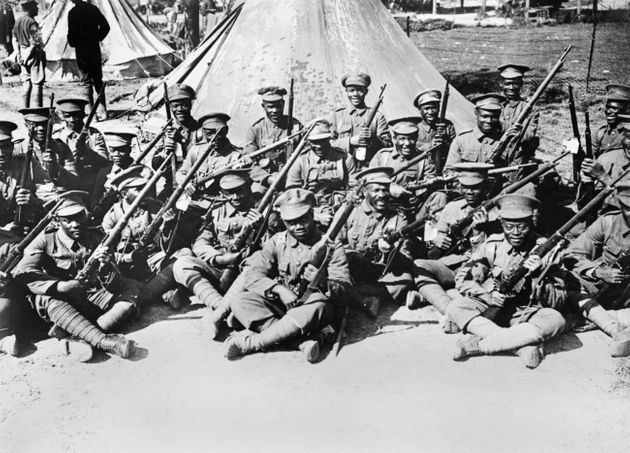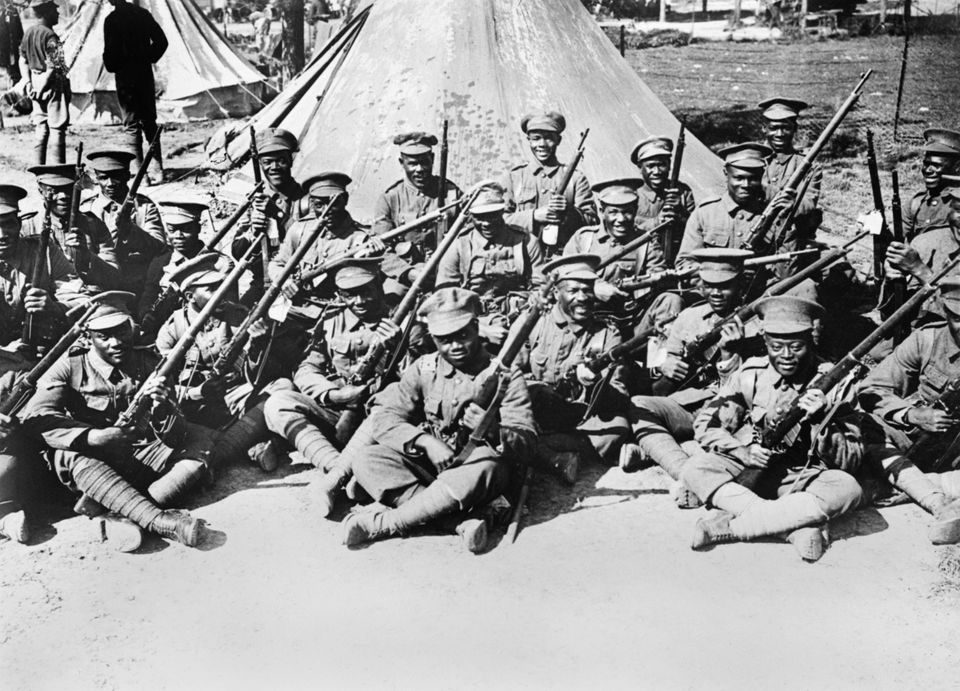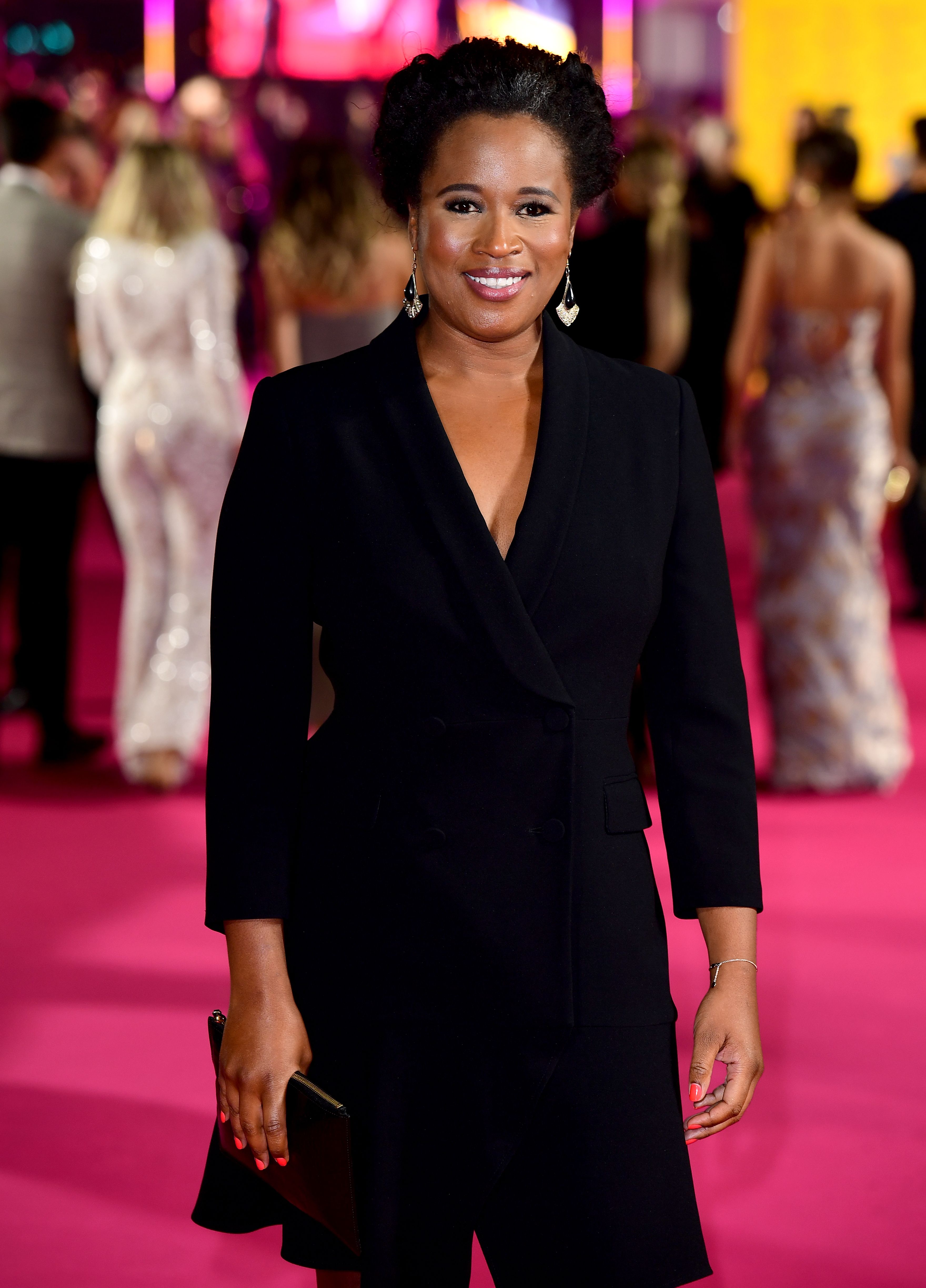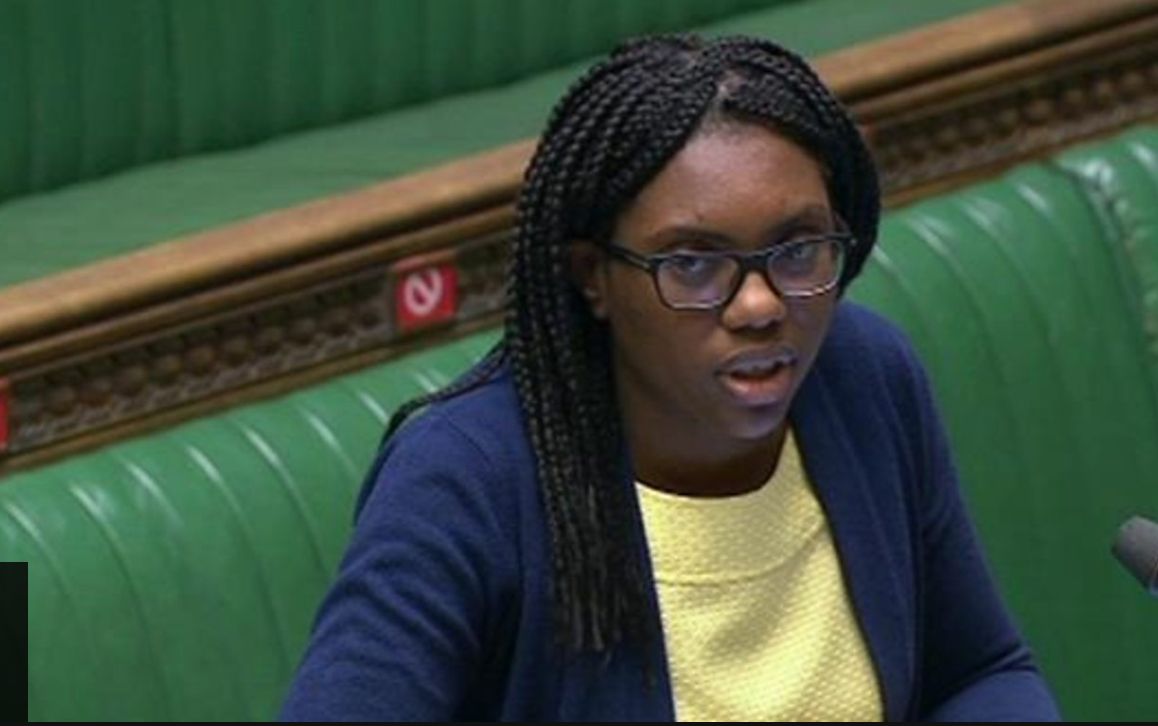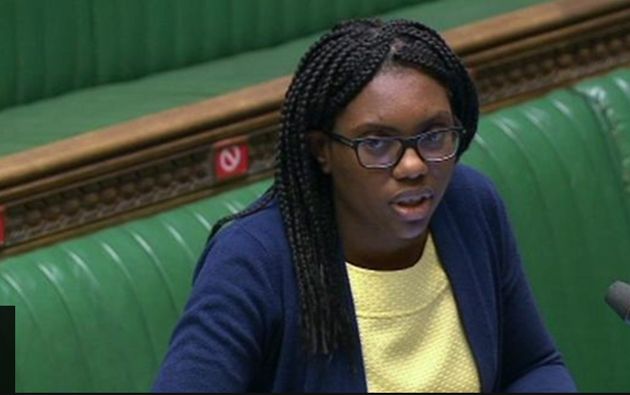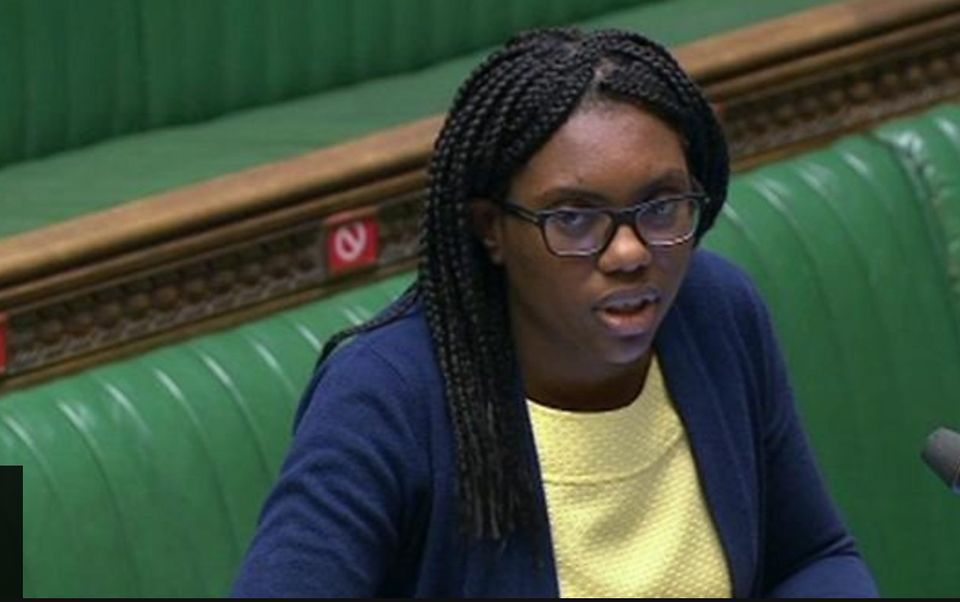If you’re a person of colour in the UK then the chances are you don’t much like the term BAME (which stands for Black, Asian and minority ethnicities). And you might not feel too good about the term “ethnic minorities” either.
BAME has long been a contested phrase, frustrating many marginalised people who believe it homogenises otherwise diverse groups under one umbrella acronym that doesn’t signify their varied identities and experiences.
Advertisement
As alternatives such as “racialised communities” gain more currency, young people have told a leading diversity charity that while they don’t like the term BAME, they do see value in finding a new unifying signifier to use instead.
The charity Blueprint for All surveyed 500 18-30 years olds in the UK to find out their views on the subject, with the aim of sparking a wider public debate and greater sensitivity in the way people of diverse backgrounds are described.
Advertisement
The survey found that 98% of respondents believe in the values of a shared language that unifies people from diverse heritages. However, there was no shared word or expression yet that participants felt represented them all.
Isabella Bromfield, 20, a student who took part in the survey, is one of many young people hungry for new words to describe themselves.
Advertisement
“I do not feel there is a shared word or expression that represents us, but I think it is important to have a shared language that unifies everyone from diverse heritages,” she tells Huffpost UK.
“This is a really important conversation to have in terms of moving forward on how to accurately, empathetically and correctly label people in the best way, so that they feel comfortable.”
Respondents to the survey felt uncomfortable with a range of existing umbrella terms commonly used to describe their heritage – 55% saying they felt uncomfortable with the term BAME, 52% with BME (“Black and minority ethnic”) and 59% with “dual heritage”.
The descriptors that people felt most comfortable with included Asian (74% of Asian respondents), Black (67% of Black people surveyed), mixed race (64%), brown (62%), and people of colour (61%).
Advertisement
Azaria Yogendran, a communications account executive of mixed South-Asian descent, 24, tells HuffPost UK: “I’ve gotten used to using the term BAME but I feel like it’s a term that makes race and ethnicity easy to allude to for people who are not from diverse heritages and who don’t know how to talk about race.”
She feels uncomfortable, she says, “about why I am placed in this group and who is placing me in it. I feel like it has become a term that is thrown around without remembering that each individual within it is very different.”

The term BME was originally coined in the 1970s when people came together to fight the racism and discrimination that was particularly prevalent within Black communities. The ‘A’ for Asian was added in the 1990s to represent both South and East Asian people.
More recently, BAME has been used by politicians and workplaces when talking about diversity and inclusion. And while the inception of BAME came from a place of unification, in the present-day context many point to its limitations.
While Yogendran appreciates this historic political significance to the term, in the same way that, politically, the label “Black’ included non-Black people of colour – she feels there is no modern-day relevance.
“I have read that the term was originally made to unite ethnic groups against discrimination in the 1970s, but it seems to have evolved from being used by people from diverse backgrounds to being used about them,” she says.
“I feel the term lumps together a large group of people who don’t necessarily have anything in common apart from not being white and there is an implication that those in the group are at a disadvantage.”
Her experience as a mixed South Asian British woman in the UK is completely different to someone of a Korean British or Zimbabwean British background, she notes – and yet they are lumped together.
“It doesn’t feel positive to be in this group, and it feels like your actual heritage is ignored, because you are swept up in a generalisation that implies anyone non-white is just that and nothing more. The most notable thing about your heritage is what you are not, not what you are.”
As mixed-race groups become the fastest growing ethnic demographic in the UK, people are wondering how this will affect the evolution of the terminology. But ultimately, says Yogendran, it should be up to the individual how they want to be referred to.
Advertisement
“I don’t think there’s a term that would encompass everyone,” she says. “Each person is different, so it would be a question each time to see what people prefer. Personally, I’d prefer to be referred to as someone of ‘mixed heritage’ or ‘mixed cultures’, because I’m a mix of Sri Lankan, Indian-Ugandan and British but I am not ‘mixed race’.”







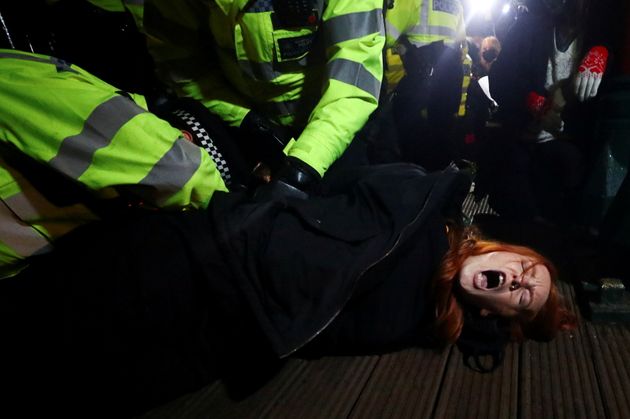
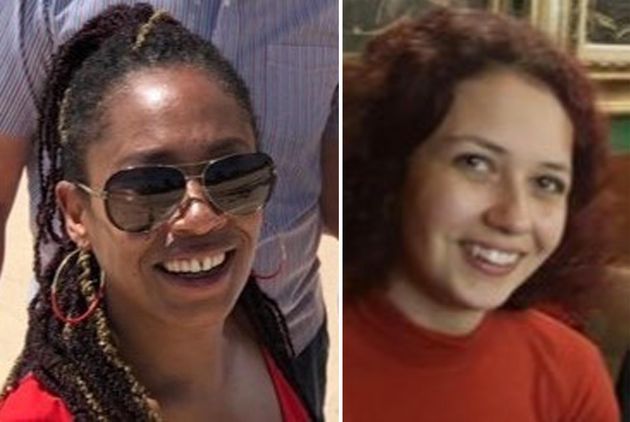
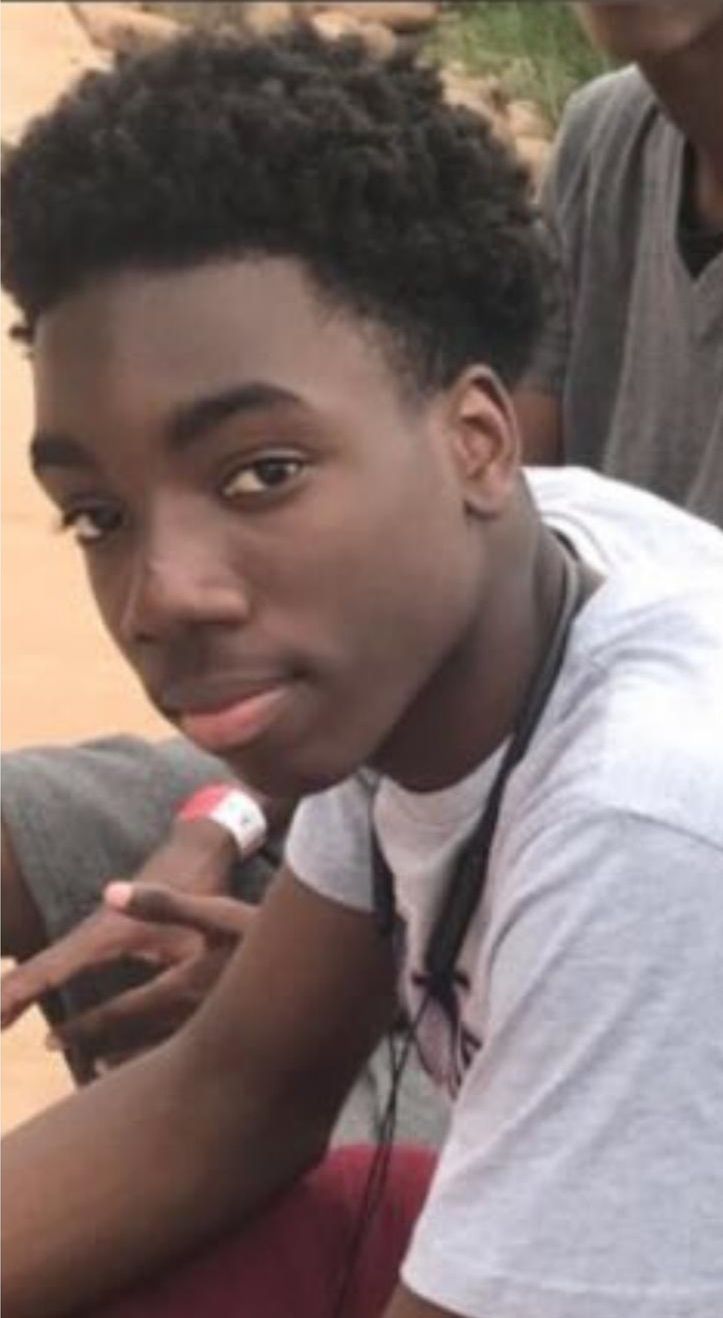







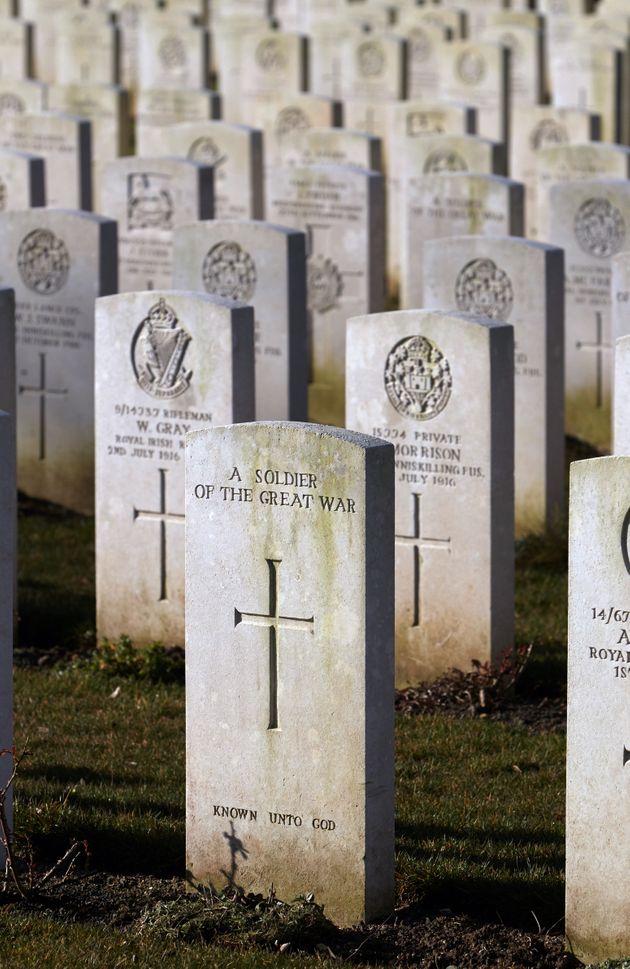
 (@DefenceHQ)
(@DefenceHQ) 